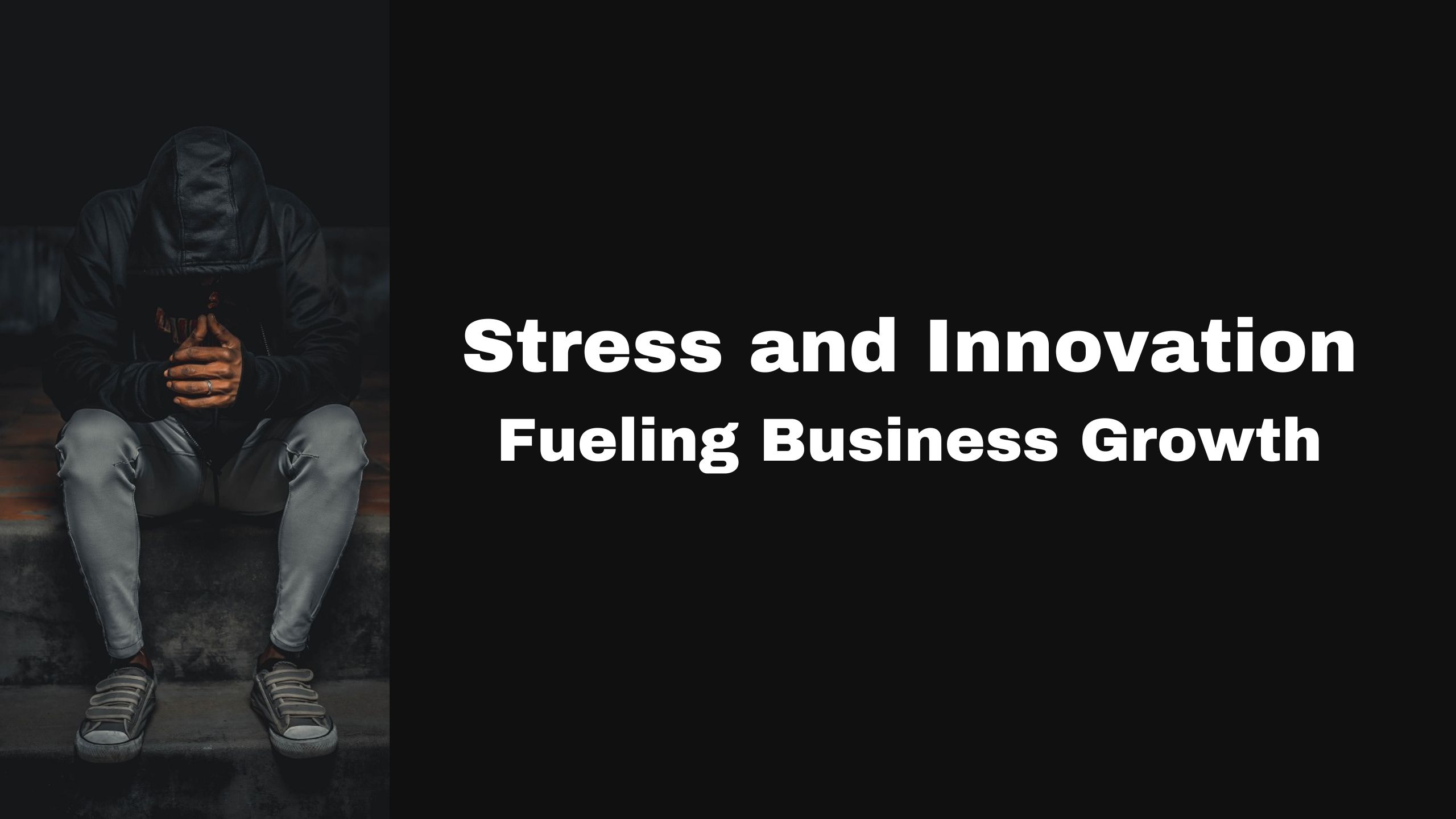Stress and Innovation: Fueling Business Growth
Stress is often perceived as a negative force that can undermine productivity and well-being in the workplace.
However, when managed effectively, stress can be a powerful catalyst for innovation and business growth.
In today’s fast-paced business environment, organizations that harness the energy of stress and channel it into creative problem-solving can gain a competitive edge and drive innovation forward.
Understanding the Stress-Innovation Link
At its core, stress is a response to change and challenges. In the business world, stress can arise from market fluctuations, increased competition, tight deadlines, or disruptive technologies. While excessive stress can be detrimental, moderate levels of stress can drive individuals and organizations to adapt, innovate, and thrive. Here’s how stress can fuel innovation:
Heightened Focus: In response to stress, the brain often enters a heightened state of focus and alertness. This increased concentration can lead to new insights and creative solutions to complex problems.
Adaptive Thinking: Stress can push individuals and teams to think outside the box and consider unconventional approaches. Necessity becomes the mother of invention, leading to innovative solutions.
Enhanced Resilience: Dealing with stress builds resilience. Employees and organizations that can navigate stressful situations are better equipped to face future challenges with creativity and confidence.
Pressure for Change: Stress can be a driving force behind organizational change. When faced with external pressures, businesses may seek innovative strategies to remain competitive and adaptable.
Strategies for Fostering Innovation through Stress
To leverage stress as a catalyst for innovation in your business, consider these strategies:
Create a Supportive Culture: Cultivate a workplace culture that values open communication and encourages employees to share their ideas, even if they are unconventional or risky. A culture that embraces change fosters innovation.
Set Challenging Goals: Establish ambitious yet attainable goals for your teams. These objectives can motivate employees to find innovative ways to overcome obstacles and meet deadlines.
Provide Resources and Training: Invest in resources and training programs that equip employees with the skills and knowledge needed to adapt to changing circumstances and innovate effectively.
Encourage Collaboration: Cross-functional collaboration can generate fresh perspectives and ideas. Create opportunities for employees from different departments to work together on innovative projects.
Embrace Failure: Encourage a mindset that views failure as a stepping stone to success. When employees are not afraid of failure, they are more likely to take risks and innovate.
Foster Inclusivity: Diverse teams often generate more innovative solutions. Ensure that your workforce represents a variety of backgrounds, experiences, and perspectives.
Recognize and Reward Innovation: Acknowledge and reward innovative contributions. Recognizing employees’ efforts and celebrating their successes can motivate continued creativity.
Provide Time for Reflection: Encourage employees to take breaks and step away from their work. Sometimes, innovation strikes when the mind is allowed to rest and wander.
Conclusion
Stress in the business world is inevitable, but it doesn’t have to be a detriment to your organization. When managed thoughtfully and channeled effectively, stress can serve as a catalyst for innovation and business growth.
By fostering a culture of creativity, setting challenging goals, and encouraging collaboration and resilience, you can harness the energy of stress to drive your organization forward.
Embrace stress as an opportunity for innovation, and you may find that it becomes a powerful force for positive change and growth in your business.

